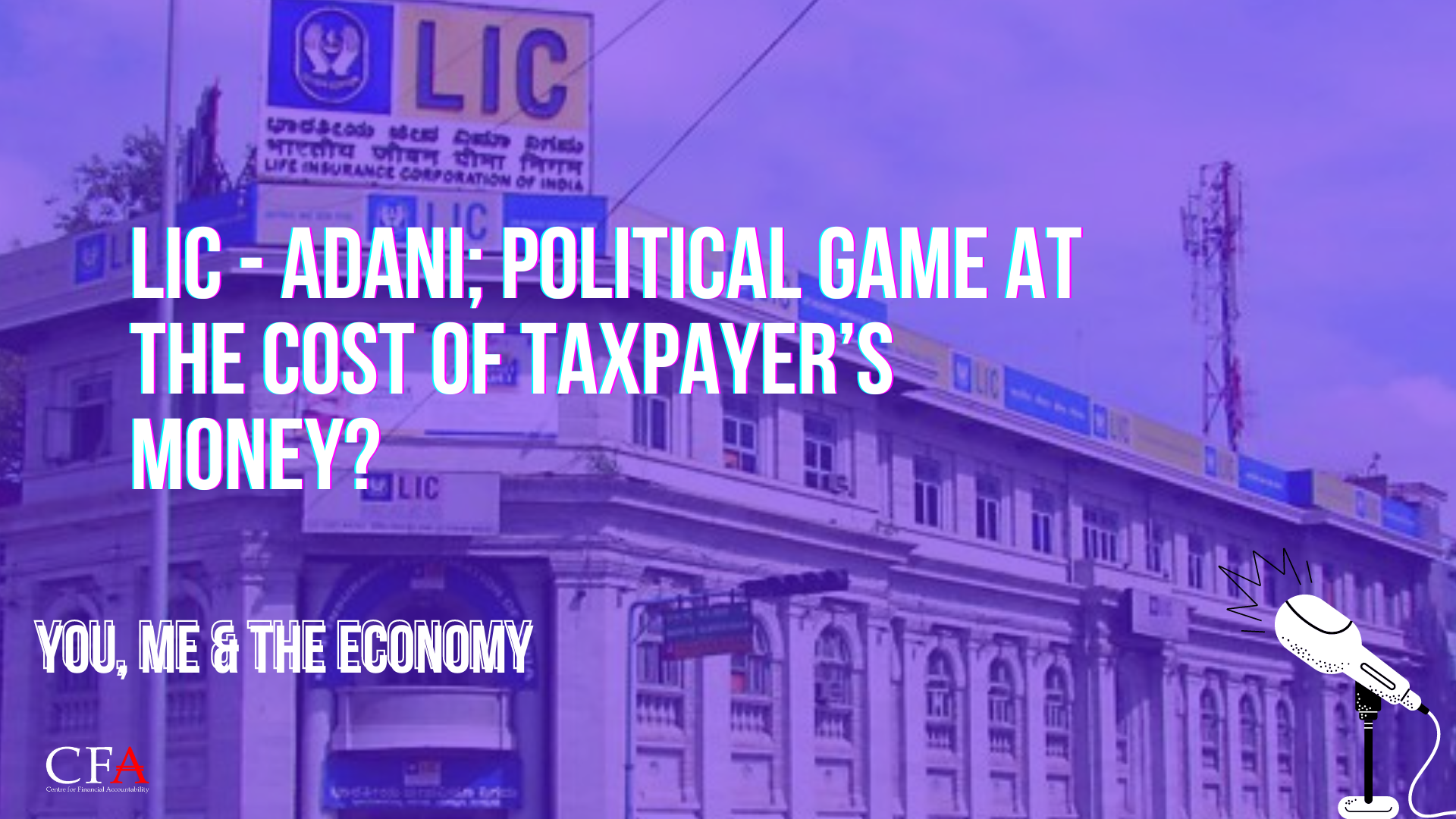Since the Hindenburg report is out, LIC’s share exposure in Adani’s portfolio has come under scrutiny. LIC’s total purchase value of equity in the Adani firms, purchased over many years was around Rs. 36000 crores as on January 27. The market value of its investments before the damning Hindenburg report was Rs 56,142 crore. On February 14 this year, the value of LIC’s investment in Adani firm went into negative, coming down to Rs 29,893.13 crore.
LIC is a public sector life insurance company, and it promises its policyholders a safe and generous option to invest their money apart from life insurance to the family members. It is the face of guarantee and financial security in the country. If you look at LIC’s investment portfolio, you’d notice it doesn’t shell out money for speculation. Out of its total portfolio worth Rs 41 trillion, it invests 62.34% in government securities. Being a public sector company, it is bound to protect its investors’ interests. It is the only company in the world which gives 90% of its profit back to its policyholders.
Another key role LIC has played in the past is rescuing other strategic public assets like banks in the country. It bailed out the IDBI Bank by acquiring a 51% stake in it, investing Rs. 21,600 crore.
Now it is one thing to help public sector undertakings and completely another to invest in a risky private company exposing the saving of its 30 crore policyholders. And LIC is not any novice at investing, it has been investing strategically for a long time.
In recent news, the LIC Chairman has met the Adani management and seemed to be ‘more confident of the business prospects of the group.’ The question still arises – What would you do with volatile shares that you have?
Norway’s sovereign wealth fund, one of the world’s largest stock investors, sold its stakes shortly after the Hindenburg report, limiting their investor’s exposure to risk.
Shouldn’t LIC have at least thought about it? In fact, after the Hindenburg report, many other reports have come out about the suspicious dealing of the Adani Group. The opposition parties raised this issue in parliament, calling it a major scam. But the officials at LIC didn’t budge for a month. Now they say everything is okay and would continue to hold a large stake in the Adani Group. As this meeting was closed doors, we don’t know what questions the LIC officials asked the Adani Group. And we can’t really say what restored their confidence in the group.
The question remains- is 30000 crore such a small amount to be played with?
LIC is huge! Its Assets under management were over Rs 41.66 lakh crore as of September 2022. Out of this, its equity investments are 10 lakh crores. As of December 2021, over 60% of LIC’s investments are in government securities. So basically, as claimed by LIC, its exposure in the Adani Group is less than 1% of its total AUM or 0.975% to be exact.
When LIC went for the IPO in May 2022, its listing price was Rs 949 per share, which has come down to Rs. 577.45 as of now. It is important to recall that LIC’s share price was 702 per share before the Hindenburg report. Now it is hovering below 600.
At the time of the IPO, LIC’s market capitalisation ranking, or the value of a company traded on the stock market, calculated by multiplying the total number of shares by the present share price, was 6. Now it has slipped to 12. Even if LIC is not bitten by the exposure to Adani Group, it is facing a burnt at the hands of the market itself. Any negative sentiment in the market can lead to a fall in the share price or not enough people investing in it. LIC is still a public sector company, with the government holding a 96.5% stake in it. This means any erosion in the value of LIC is bound to hit the exchequer and subsequently the citizens because it is our money. And in the stock market, your credibility matters a lot. Any setback to credibility can bring you down in a matter of days or even hours.
So it’s not the exposure to the Adani Group that is the cause of the worry, it is the government policy itself. What if LIC has to face further losses? Is there a limit on how much loss will LIC be allowed to bear? LIC hasn’t made any of these clear.
Going by the actions of the Norway pensioners fund and the Australian retirement fund that is reviewing its exposure to the Adani Group, we surely need to ask on what basis is LIC holding its share and how much further loss can it bear. Or its policy is simply to save Adani at whatever cost?
Thank you for listening to You, Me and the Economy. Now you can listen to this podcast on your favourite podcast app; find us on Spotify, Amazon Music, Google Podcast, and Hubhopper!
Centre for Financial Accountability is now on Telegram. Click here to join our Telegram channel and stay tuned to the latest updates and insights on the economy and finance.

